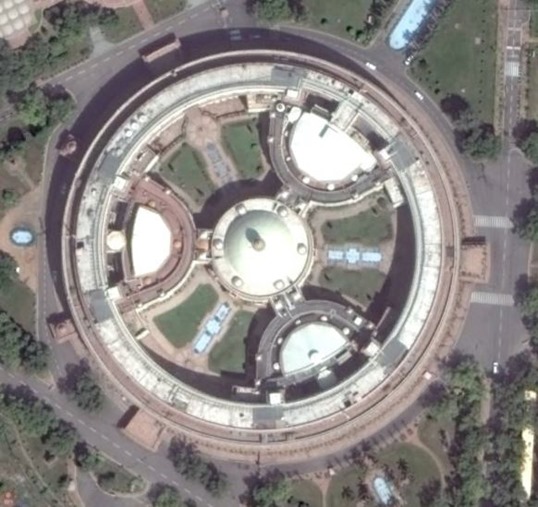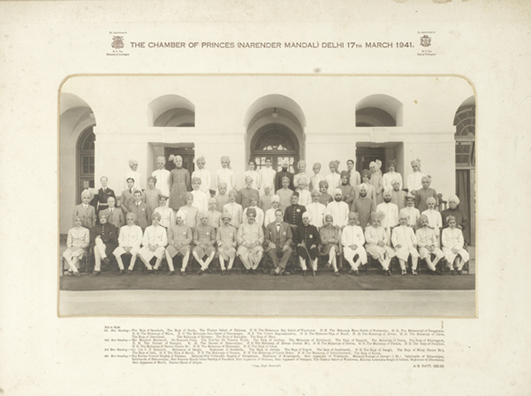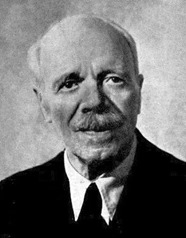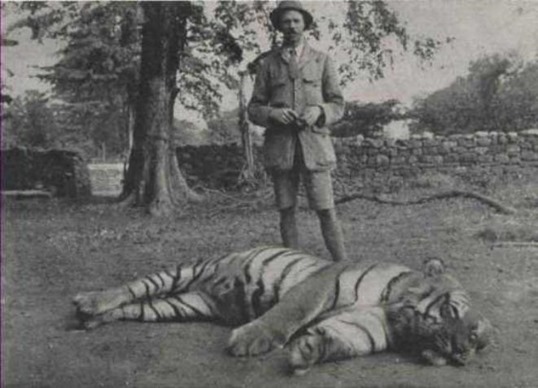Third house of Indian Parliament
We are all aware of the two houses, Rajya Sabha and Lok Sabha, of the Indian Parliament. However, if you look at the design of Parliament, it has Four halls instead of two. Three halls on sides for the houses of Parliament and the fourth one in centre, for the joint session. Originally, Indian Parliament, or the Council House as it was termed then, was comprising of 3 houses. The State Council, Central Legislative Assembly and the Chamber of Princes.

Council of State originally had 60 members when it started in 1919. The Viceroy or the Governor General of India was its ex officio president. In 1937, its size was increased to 260 members and in 1947, it was dissolved, to be later taken over by Constituent Assemblies of India and Pakistan respectively. Today, this upper house in India is known as the Rajya Sabha.
The Central Legislative Assembly, or the lower house, originally had 145 members representing different provinces of India. Out of these, 103 were elected, and rest nominated by upper house. Of these 103, 51 came from general constituencies (30 by Muslims, 2 by Sikhs, 9 by Europeans, 7 by Landlords and rest by businessmen). It was abolished on 15th August 1947 until in 1952, as India became republic, the Legislative Assembly was renamed as Lok Sabha and became functional under the new Constitution of India. Though its members are still known as MLA (Member of Legislative Assembly).
Then comes the third house, which was also abolished in 1947. While Council of State and the Legislative Assembly merged into the Constituent Assembly and later remerged as Rajya Sabha and Lok Sabha respectively, this one house had no representation left in the new independent system of Republic of India. Hence, on 15th August, 1947, as India was divided into Dominion of India and Dominion of Pakistan, this one powerful house was abolished and forgotten for ever. This house was the Chamber of Princes, or the ‘Narendra Mandal’. It was established in 1920 by a royal proclamation of King Emperor George V, so that the princely states can have their say in the administration of India and voice their needs to the British crown. This decision was one of the most important decisions as it abolished the British policy of isolating Indian princely states from each other.
House first met on 8th February 1921. Initially, it had 120 members. Of those, 108 were representing major states, hence were members in their own right. While remaining 12 were elected to represent 127 smaller states. This left 327 minor states with no representation. Also, major states like Baroda, Gwalior and Holkar refused to join it. They met only once a year, with an appointed standing committee meeting more often. The house appointed a Chancellor as head of the house. The first chancellor was Major General His Highness Sir Ganga Singh, Maharaja of Bikaner, who presided over the house from 1921-1926. His successors were Adhiraj Major General His Highness Sir Bhupinder Singh, Maharaja of Patiala (1926-1931), Colonel His Highness Sir K. S. Ranjitsinhji, Maharaja of Nawanagar (1931-1933), Colonel His Highness Sir K. S. Digvijaysinhji, Maharaja of Nawanagar (1933-1944), Hajji Major General His Highness Sir Hamidullah Khan, Nawab of Bhopal (1944-1947).
In 1940, as the discussion of Indian Independence was gaining momentum, the Chamber of Princes felt its heat and convened in the month of March. On 12th March 1940, they resolved:
“The Chamber of Princes, while welcoming the attainment by India of its due place among the Dominions of the British Commonwealth under the British Crown, records its emphatic and firm view that, in any future constitution for India, the essential guarantees and safeguards for the preservation of the sovereignty and autonomy of the States and for the protection of their rights and interests arising from treaties, and engagements and sanads or otherwise, should be effectively provided and that any unit should not be placed in a position to dominate the others or to interfere with the rights and safeguards guaranteed to them, and that all parties must be ensured their due share and fair play; And that, in any negotiations for formulating a constitution for India, whether independently of the Government of India Act 1935, or by revision of that Act, representatives of the States and of this Chamber should have a voice proportionate to their importance and historical position.”
Despite of this resolution, the chamber was dissolved and never revoked. Instead, the princely states were annexed into the Dominion of India and Dominion of Pakistan one after another the hall dedicated for Chamber of Princes was later converted into Parliament Library. As a compensation, a Privy Purse was established.
The Privy Purse was a payment made to the royal families of erstwhile princely states after they agreed to merge their state with India and lost all ruling rights. In 1947, the states were required to sign the instrument of accession with India and cede defence, communication and foreign relations to India. Later, in 1949, most of these states were completely merged. The amount of privy purse was determined by several factors, including the revenue of state, gun salute enjoyed during British Raj and antiquity of dynasty etc. While the smaller states were given a privy purse allowance, as low as Rs. 5000 per annum, states like Hyderabad, Mysore, Travancore, Baroda, Jaipur and Patiala received a privy purse above Rs. 10,00,000. 102 privy purse were between 1-2 lakh rupees. Government of India kept reducing the privy purse with every succession in family.
When Prime Minister Indira Gandhi abolished the Privy Purse in 1971, rulers of erstwhile states decided to contest in elections, hoping that their subjects would elect them into parliament, where they can voice their needs properly. However, most of them were left red faced after shameful defeats with huge margins. Popular rulers, like Nawab Mansoor Ali Khan Pataudi could earn only 5% of total votes, in a 2-way contest.
Finally, the Privy Purse came to an end. Many of the nawabs and kings became more active in politics, while others went to start their business.

 This month, we celebrate the birthday of a fearless hunter, who turned into a saviour for tigers in India. I came across this story while I was sitting on the shore of Kosi River of Uttarakhand.
This month, we celebrate the birthday of a fearless hunter, who turned into a saviour for tigers in India. I came across this story while I was sitting on the shore of Kosi River of Uttarakhand. 